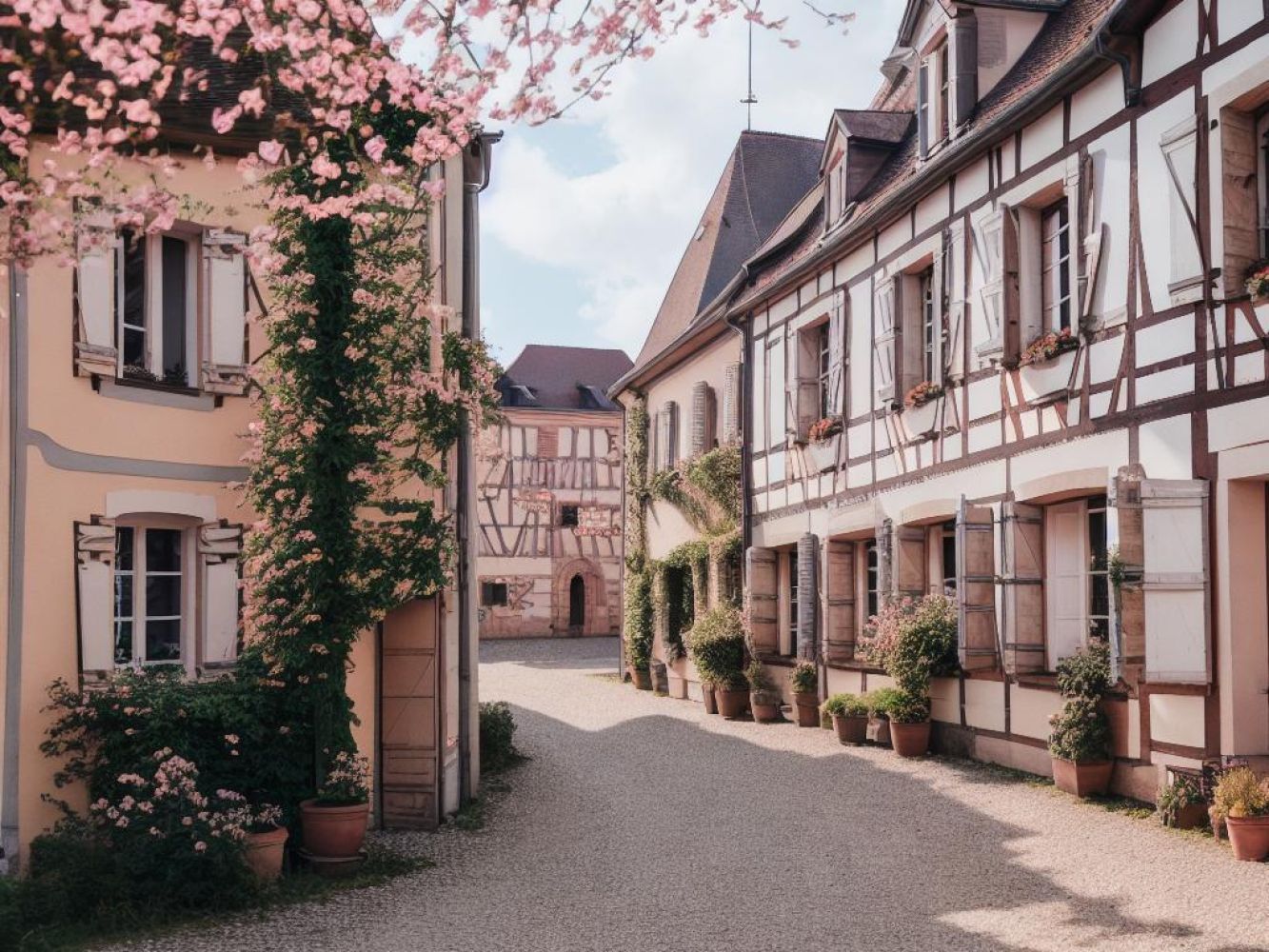Understand
Molsheim: A Journey through Time Embark on a fascinating journey through the centuries in Molsheim. In 1935, archaeological excavations unearthed remarkable Merovingian tombs dating back to the 6th and 7th century, tracing the town's roots along the ancient Roman way from Avolsheim. The name "Mollesheim" first appeared in historical records in 820 when Archbishop Adaloch generously donated vineyards to the Saint-Thomas chapter. The town witnessed conflicts between the Bishops of Strasbourg and the German Emperors due to their property ownership, culminating in Bishop Jean de Dirpheim's triumph in 1308. He fortified the city's walls, expanding the existing ones that dated back to the 13th century. During the Grand Sicle, Molsheim played a crucial role in the Lutheran Reformation. The Canons of the Cathedral sought refuge within the protective walls of Molsheim in 1605 after being expelled from Strasbourg by the Magistrate. Prior to their arrival, Molsheim had already welcomed the Jesuits and Benedictines in 1580, the Carthusians in 1598, and the Capuchins in 1657. This made Molsheim a significant center for the Counter Reformation in Lower Alsace at the beginning of the 17th century. The devoted religious figures of Molsheim dedicated themselves to spreading the "new doctrine" through sermons, education, and the training of young priests. The French Revolution brought an end to the Ancien Regime, marking the dawn of the industrial era with the establishment of the Coulaux workshops. Furthermore, Molsheim evolved into the county town of the district after 1870 and experienced diversification in its activities throughout the 19th century, largely due to the presence of Ettore Bugatti (1881-1947), who manufactured his first automobile in the city.
Map & Climate
Popular Foods
 The first popular French dish is Ratatouille, a colorful vegetable stew traditionally made with eggplant, zucchini, bell peppers, onions, tomatoes, and seasoned with herbs such as thyme and basil. This hearty, non-meat dish is typically served alongside grilled meats or fish.
The first popular French dish is Ratatouille, a colorful vegetable stew traditionally made with eggplant, zucchini, bell peppers, onions, tomatoes, and seasoned with herbs such as thyme and basil. This hearty, non-meat dish is typically served alongside grilled meats or fish. Another famous French dish is Coq au Vin, a braised chicken dish that originated in Burgundy. It involves marinating chicken pieces in red wine with mushrooms, bacon, onions, and garlic before slow-cooking them until tender and flavorful. The final dish is often garnished with parsley and served with potatoes, noodles, or bread.
Another famous French dish is Coq au Vin, a braised chicken dish that originated in Burgundy. It involves marinating chicken pieces in red wine with mushrooms, bacon, onions, and garlic before slow-cooking them until tender and flavorful. The final dish is often garnished with parsley and served with potatoes, noodles, or bread. Lastly, the iconic French dish, Croissants, are flaky, buttery pastries made from layers of laminated dough, which are then curved into a crescent shape and traditionally served for breakfast or as an afternoon snack. Although they are not typically a savory or sweet dish, croissants can be filled with various ingredients like ham and cheese (called a jambon-beurre) or almond paste and sugar (an almond croissant).
Lastly, the iconic French dish, Croissants, are flaky, buttery pastries made from layers of laminated dough, which are then curved into a crescent shape and traditionally served for breakfast or as an afternoon snack. Although they are not typically a savory or sweet dish, croissants can be filled with various ingredients like ham and cheese (called a jambon-beurre) or almond paste and sugar (an almond croissant).




Comments
NO COMMENTS